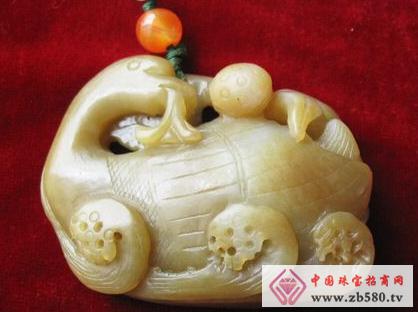Ancient jade identification and evaluation method

1. Check fabric fiber marks: Many ancient jade articles are placed directly on the human body or wrapped in fabrics. Under certain temperature, humidity and pressure, the fibers and pigments fall off and firmly adhere to the surface of the object. Therefore, under the microscope, even the naked eye can see the fabric fibers of red, blue, green and other colors, and the latitude and longitude are distinct.
2, check the insect eggs, debris: more in the gaps of ancient jade.
3. Inspect water stains: In the case of relatively stable geological and atmospheric conditions, there are often subtle flows in the underground of the buried land, which are constantly flowing and perennial, infiltrating and eroding the surface of jade, forming a fluid, deep and shallow Water stains.
4, check the root mark of plants: some plants have the characteristics of perforation, the acidic substances decomposed by the metabolism of plant proteins can cause erosion on the surface of the utensils, so you can see the root-like prints with clear overlapping relationship.
5, check the carbonization marks: the ancients have the "moxibustion jade" custom, burned jade has the attachment and infiltration of bio-carbon, showing point and surface distribution, often deep, can not be eliminated.
6, check the "exorcism of minerals" residues (ancient burial custom): some minerals in nature have the role of sterilization, deworming, anti-corrosion, the ancients thought they have the effect of driving evil spirits, put them in the tombs and residences. Therefore, some ancient jade is wrapped or impregnated with mineral powders such as hematite, cinnabar, and realgar. The magnesia or even the naked eye can see the mineral particles remaining on the surface or in the gap of the object. Under the action of hydration and weak acid, the coloring ions From the inside and outside of the table, it gradually penetrates into the interior of the jade, and the color is dazzling. Archaeological discoveries, the cavemen 20,000 years ago, have scattered a large amount of hematite powder in the cave, and also dyed the beads made of limestone into red because of aesthetic needs. In the warring countries of China and the large tombs of the Han Dynasty, there are often a large number of cinnabars and jade articles dyed brightly by cinnabar, such as the tomb of Yue Wang.
7. Check the gaps and the gravel filled in the holes: there are a large number of silica and calcium carbonate minerals on the surface. They can exist in the form of liquid or solid gravel and move, gather in the gap, silicon, The knot is so tough that even a small stone that enters the gap with the water is difficult to remove.
8. Check the drilling marks: Since the drilling tool appeared, the drill bit is basically conical or diamond shaped. Because it is manpower, the pressure is small, the drilling speed is slow, the non-uniform speed is slow, and the footage is slow. The drill marks appear as reciprocating and relatively parallel movements, and there is a non-uniform swirl pattern. Modern spiral drills do not have parallel drill marks due to high speed and uniform rotation. In the Neolithic Age, the stone-rocking period was similar to that of the ancient drilling tools using metal drills.
In short, the identification and evaluation of ancient jade articles requires both detailed observation and comprehensive analysis; it is necessary to grasp the microscopic, but also to grasp the essence and the authenticity of the whole, and to avoid partial or partial or partial neglect. Only by excluding the possibility of each subtle nuance, and then summarizing, deducting and reasoning, and maximizing the combination of sensibility and rationality to think and judge, can we obtain the maximum authenticity.
Rayon Viscose Satin,Rayon Digital Printed,Rayon Kechaw,Rayon Keqiao
Shaoxing Shangda Textile Co., Ltd , https://www.shangdatex.com